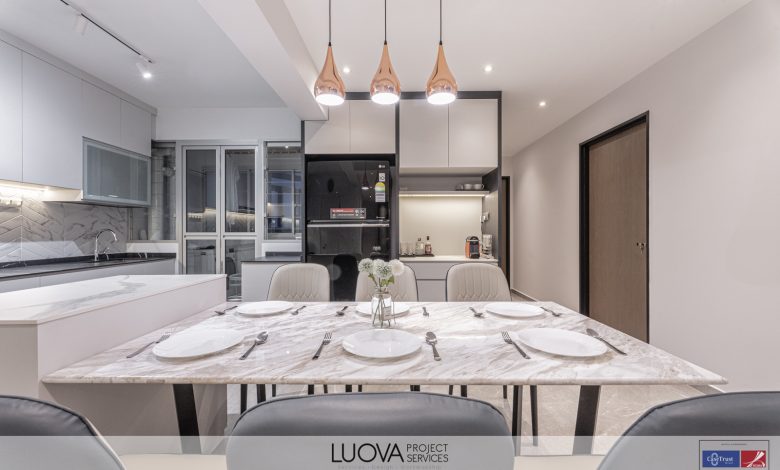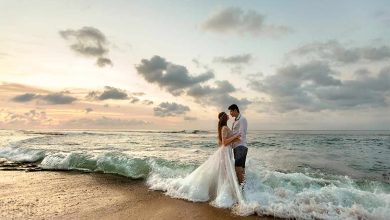Tips for Best Interior Photography

One of the things I get asked all the time is how to take beautiful, clear photos indoors. In this blog post, I’ll share all my tips for photographing interiors and creating harmonious, balanced compositions. But first, a little warning: I don’t really know much about Interior photography.
I’m not an expert. Everything I know I have learned through a good eye and a little trial and error. I have a vague idea of how shutter speed and aperture work, but I don’t really know what all the settings on my camera mean. I didn’t read the manual or watch the tutorial.
I spend time playing around with the camera and production, seeing what works and what doesn’t until I can shoot manually and adjust settings intuitively. So these tips aren’t even about how to use the camera, but rather about setting up a beautiful composition and creating images that are naturally pleasing to the eye. Learn how to shoot in natural light, how to use the golden ratio, and why you don’t need to edit your photos the way you think you should.
Always Shoot In Bright Natural Light
The first thing to do when photographing interiors is to turn off all ceiling lights and lamps – they can cast a yellow glow on the space and cast sharp shadows on furniture and objects. . You want to capture the space in its best light and make sure the tones are real – natural light is more attractive and closer to how you see the space in reality (in the daytime). Lamp light can look beautiful in real life, but capture it through a camera and suddenly it looks like it’s producing bad reflections.
Natural light creates a much cleaner shot without the funny shadows that detract from the image’s focus. If you struggle with sunlight, move blinds and curtains to one side and open windows to let in as much light as possible. If you’re shooting a still life or a small vignette, move it to the brightest spot in the room, preferably a window, to take advantage of the best lighting.
You’ll also learn how to shoot manually, so you can adjust your ISO (camera’s sensitivity to light) and aperture (aperture inside the lens) to take brighter pictures even in the dark. that’s the light.
The Weather Must Be Just…
However, trying to find the right lighting conditions is like Goldilocks searching for the perfect bowl of porridge. You want some sun, but not too much, and some cloud cover, but not completely overcast. Ironically, a wedding photographer dreams of a slightly cloudy day, so people can’t see and shadows appear on people’s faces.
Similar to interior photography, the camera can struggle to capture bright sunlight indoors – some parts of the image may appear blown out and some shadows may be too dark. Shapes may start to look blurry and colors may not match the shape. An overcast day helps diffuse bright sunlight, making shadows appear softer and more even.




